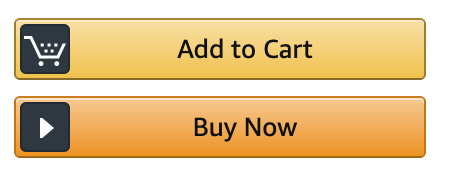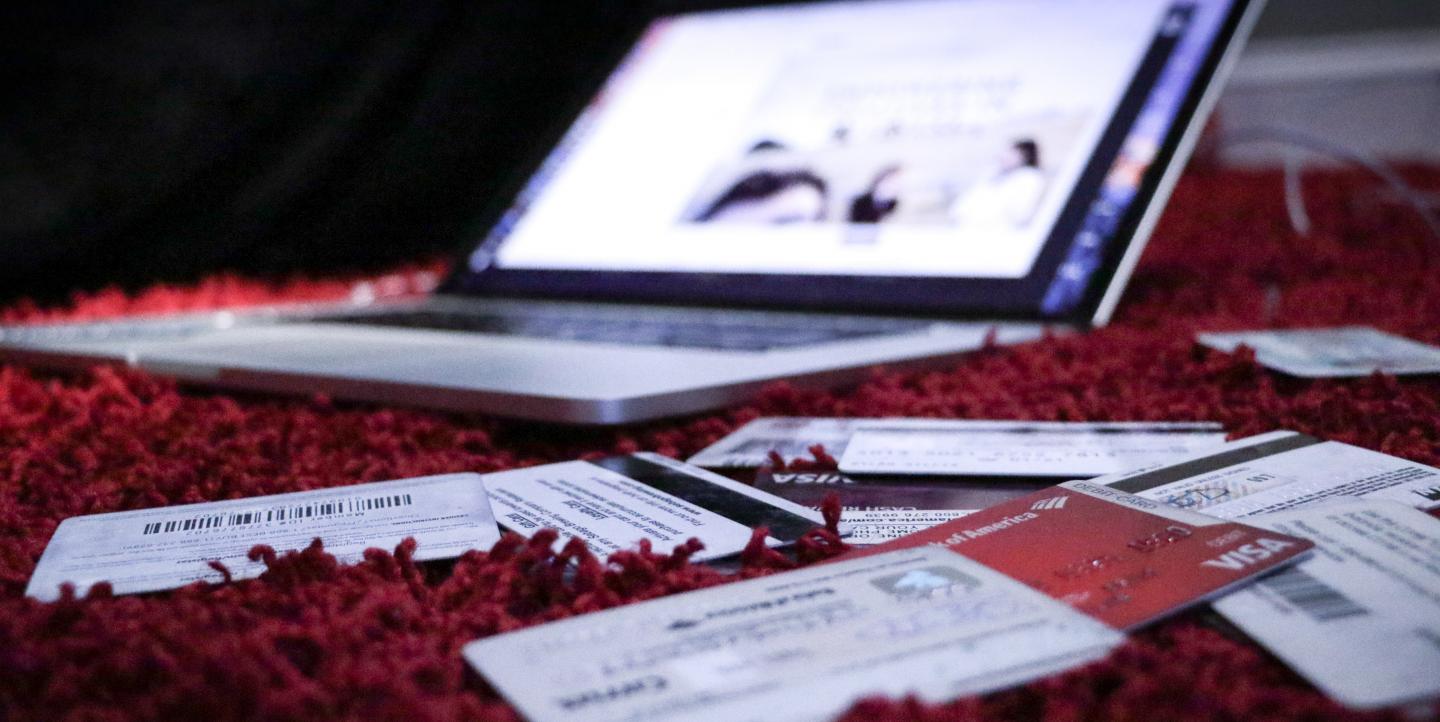A cynic might say that Google’s current efforts to help news publishers is a public relations ploy to get good press and appease anti-monopoly regulators in Europe and the U.S.
After all, Google has more than 30% of all digital advertising globally, followed closely by Facebook with 20%. These two companies, more than any others, have destroyed the advertising-based business model of traditional news media.
In any case, the world’s dominant search engine company has in recent years been helping news publishers find new ways to make money. And they need help now more than ever as COVID-19 has worsened the advertising decline.
As a response, more news publishers have been setting up paywalls to generate revenue from users. But publishers are relatively clueless about what their readers want or how to get them to pay for content. That was one takeaway from listening to Google’s Amy Adams Harding in a podcast interview with DigiDay senior reporter Kayleigh Barber.
The publishers’ main customers have always been advertisers. Now they need to convert from a business-to-business model for generating revenue to one of business-to-consumer.
[Read more: Tips for news organizations to create value, and encourage users to pay]
‘Act like an e-commerce player’
Data could help publishers make the transition to focus on users, Adams Harding said. And Google has developed a suite of data tools for news organizations to do just that.
First and foremost, she tells publishers, you are an e-commerce company and you need to use e-commerce tactics.
What follows is a summary of some of the tactics recommended by Adams Harding in the DigiDay interview:
(1) Create an email newsletter.
Google’s data show that the people who subscribe to a free email newsletter are the ones most likely to pay for a membership or a subscription.
“When you think about it, newsletters are really a zero-dollar subscription,” she said. “They’ve already subscribed to something. I can’t think of a publication that I’ve worked with where a newsletter hasn’t been their number one driver of subscriptions. And so we spend a lot of time working with our partners, big and small, on their newsletter strategy, because it is an incredibly important driver."
Newsletter subscribers are the most loyal readers, and “loyalty is the number one indicator of a propensity to subscribe.”
(2) Lead with your mission and values.
Google worked with BuzzFeed News on a survey of those who donated through the “support us” button and asked them why they paid. Almost 40% said they appreciated the quality of the journalism and just wanted to ensure that the service would continue.
Donors weren’t interested in getting a gift — tote bag, mug or t-shirt — they just felt it was a valuable public service worth supporting.
As it happens, I have noticed other publishers using this same mission-driven tactic to encourage donations. Eldiario.es in Spain and The Guardian in the U.K. ask readers to donate and support quality journalism at the end of every article.
[Read more: The art of the email newsletter: Q&A with Pittsburgh's favorite news junkie]
(3) Give users choices and take the friction out of transactions.
Among the successful e-commerce tactics, giving subscribers several price options — low, middle, and high — is one publishers should use. Giving options is a subtle nudge toward the middle option, and it lets users feel as though they are in control.
Another e-commerce tactic is to give users many payment options, such as credit cards, gift cards, PayPal and other services with simple user interfaces. It takes the friction out of the purchase process.

Also, make the button to “donate” or “buy now” prominent, friendly, and possibly orange. Adams Harding said Google’s data have shown that a rectangle with rounded corners — a “squoval”— generates more clicks because users find it less aggressive than a rectangle. Orange buttons generate more purchases because users are familiar with the color from using Amazon’s “buy now” buttons.
(4) Include the phrase “you can cancel at any time” in your subscription or membership offer.
News consumers are being asked to take a risk when they pay, and Google’s data shows that reducing that risk will make them more likely to pay up front.
Don’t hire more journalists
A big obstacle to news publishers acting more like e-commerce companies is their internal talent pool. Often publishers’ technology teams are focused on the production and distribution aspects of journalism, rather than the business side.
Their technology teams need people who have worked in e-commerce in order to push these monetization skills to the fore. E-commerce techniques can make a news publisher feel not just authoritative and trustworthy, but also friendly, convenient and easy to use. They usually don’t teach you that in journalism school.
This post originally appeared on James Breiner's blog and is republished on IJNet with permission.
James Breiner is a former ICFJ Knight Fellow who launched and directed the Center for Digital Journalism at the University of Guadalajara. Visit his websites News Entrepreneurs and Periodismo Emprendedor en Iberoamérica.
Main image CC-licensed by Unsplash via Dylan Gillis.

